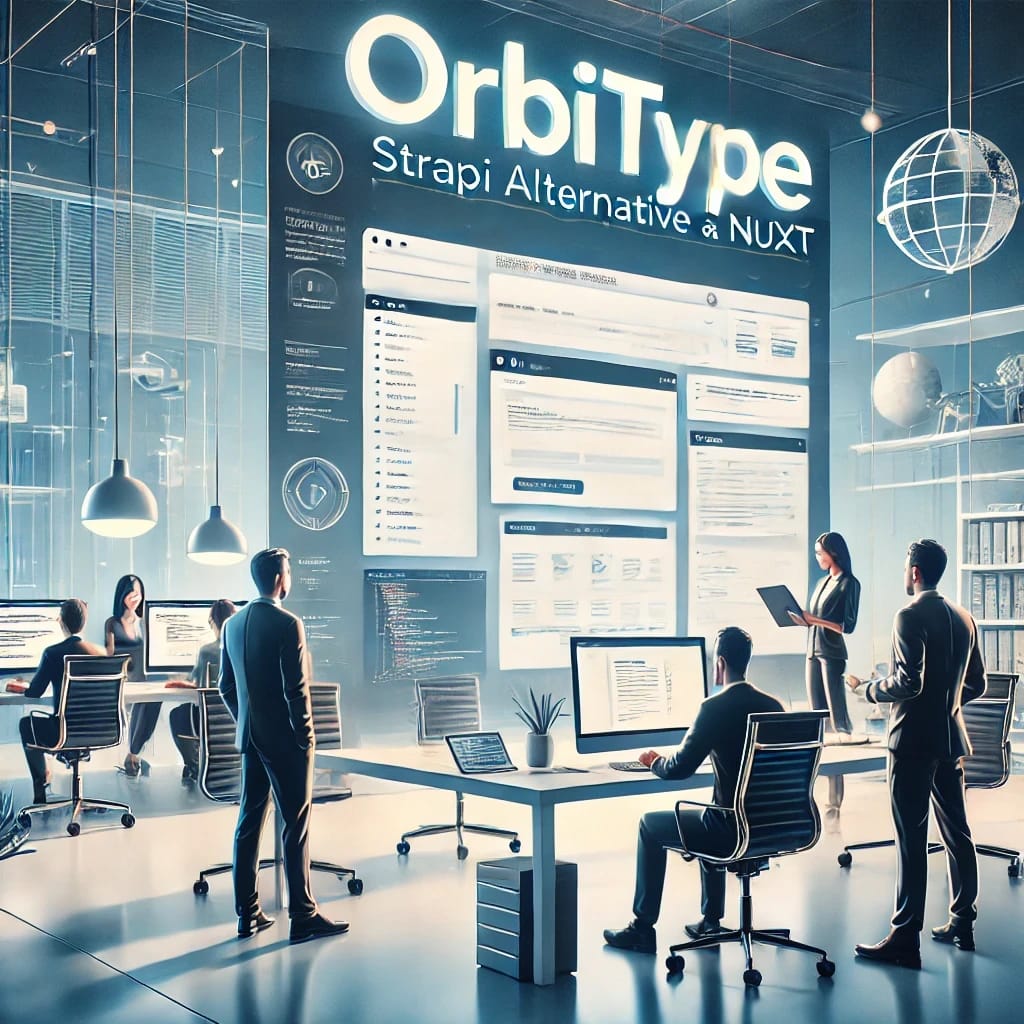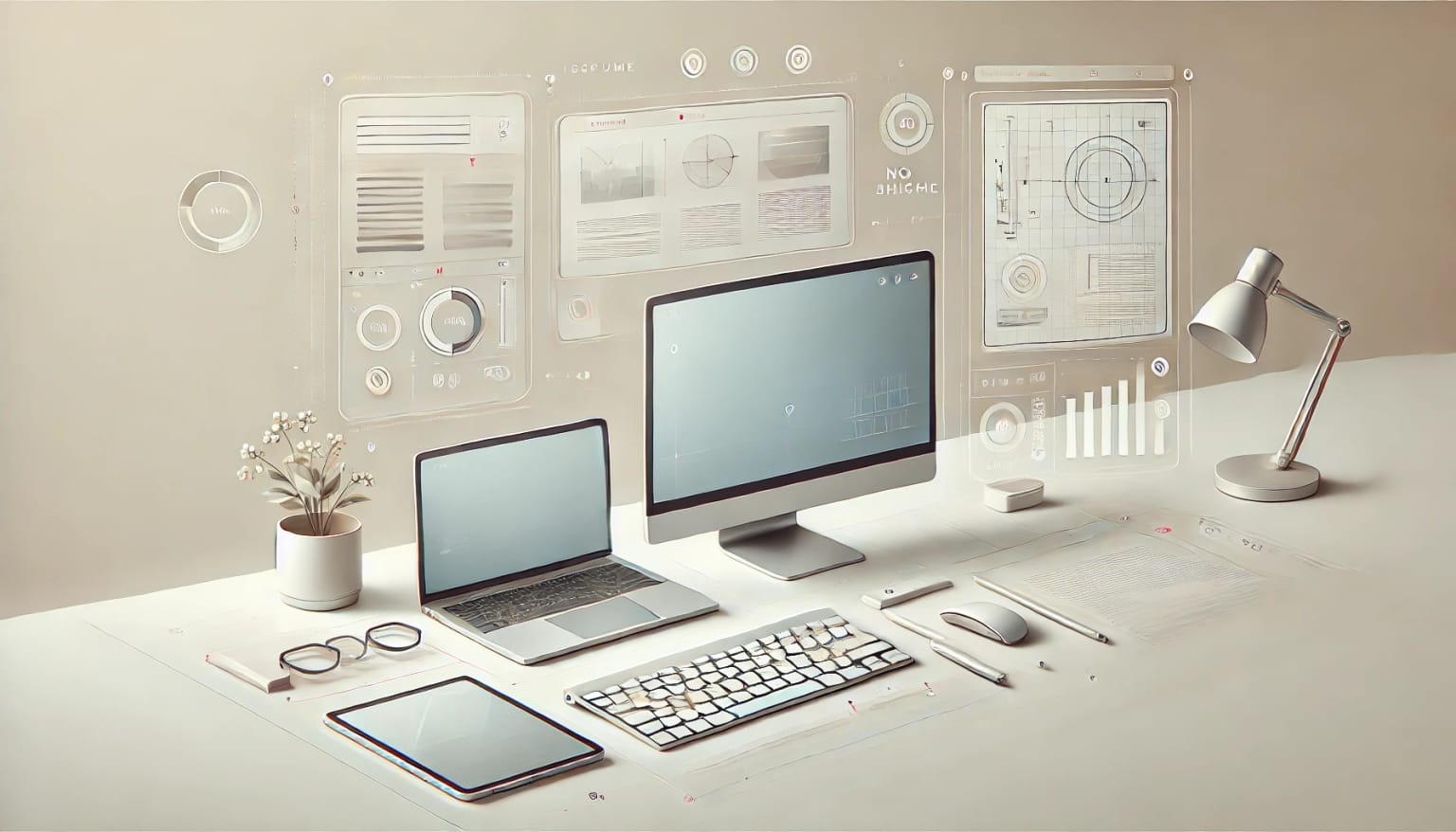
Table of Contents
Introduction
In the digital age, businesses rely on seamless, scalable systems to deliver high-quality experiences to users. With the rise of headless CMS platforms, organizations face a fundamental question: Should we build our system using a microservices architecture or stick with a monolithic approach?
This decision becomes even more complex when considering the integration of AI agents and workflow automation capabilities. Modern platforms like Orbitype's Agentic Cloud OS demonstrate how intelligent automation can transform both architectural approaches, enabling autonomous digital workers to optimize content delivery and system performance.
This blog explores the compatibility of microservices and monolithic architectures with a headless CMS, examines how AI agents enhance both approaches, and offers guidance on choosing the best fit for your project's automation needs.
Understanding the Basics
What Are Microservices?
Microservices are a modern architectural style that breaks applications into small, independent components. Each microservice focuses on a specific functionality, like user authentication, content management, or payment processing, and they communicate via APIs. This approach offers flexibility and scalability, allowing businesses to update or scale individual components without affecting the entire system.
For example, an e-commerce website could have separate microservices for inventory management, product recommendations, and checkout. If the checkout system needs an update, developers can deploy changes without disrupting the rest of the platform.
What Is Monolithic Architecture?
Monolithic architecture takes a more traditional approach. It packages all the components of an application into a single, unified system. The backend, frontend, and database are tightly interconnected, making development and deployment straightforward.
Imagine a restaurant with one kitchen that prepares all meals. While efficient for smaller operations, any change in the kitchen affects the entire service. Similarly, monolithic systems are simpler to manage for small-scale projects but become challenging to scale as complexity grows.
What Is a Headless CMS?
A headless CMS separates the content creation backend from the frontend presentation. It delivers content through APIs, making it easy to integrate with various platforms like websites, mobile apps, or even IoT devices.
Unlike traditional CMS platforms, a headless CMS gives developers the freedom to choose their technology stack for the frontend. This flexibility makes it an excellent option for businesses needing omnichannel content delivery, especially when enhanced with AI agents for automated content management and workflow orchestration.
The Problem: Compatibility Challenges
The main challenge lies in deciding which architecture works best with a headless CMS, especially when considering modern AI workforce capabilities. Organizations often struggle with:
Scalability Needs: Will the system grow with the business, or will it face limitations when AI agents need to process increasing volumes of content and data?
Resource Allocation: Does the team have the expertise to manage the complexity of microservices while implementing AI agent automation?
Budget Constraints: Can the organization afford the higher upfront costs of microservices and AI integration, or is a monolithic approach more practical?
Automation Requirements: How will AI agents integrate with the chosen architecture to enable workflow automation and autonomous content management?
Choosing the wrong architecture can lead to bottlenecks, inefficient workflows, or skyrocketing maintenance costs. For example, a small startup might overspend on building a complex microservices system with AI agents, while a rapidly growing company may find their monolithic structure cannot support advanced automation capabilities as they scale.
How Microservices Work with a Headless CMS
Microservices are an excellent match for headless CMS platforms, as both rely on APIs for communication and integration. This compatibility becomes even more powerful when enhanced with AI agents and workflow automation. Here's why:
Benefits of Using Microservices:
Scalability: With microservices, you can scale individual components of your system as needed. AI agents can monitor performance metrics and automatically trigger scaling events, ensuring optimal resource allocation without human intervention.
Flexibility: Microservices allow you to integrate a headless CMS with other specialized tools, like analytics platforms, search engines, or machine learning models. AI agents can orchestrate these integrations, automatically routing content and data between services based on business rules.
Fault Isolation: If one service fails, the rest of the system remains unaffected. AI agents can detect failures, automatically reroute traffic, and even initiate recovery procedures, ensuring uninterrupted content delivery.
AI Agent Integration: Each microservice can have dedicated AI agents that specialize in specific tasks - content optimization agents, performance monitoring agents, or user experience enhancement agents working in concert.
Example Use Case with Orbitype:
A global e-learning platform using Orbitype's Agentic Cloud OS can adopt microservices to handle student profiles, course content, and payment processing separately. AI agents within the platform can automatically optimize content delivery based on user behavior, manage resource allocation during peak usage, and even predict maintenance needs before issues arise.
How Monolithic Architecture Works with a Headless CMS
While microservices are the buzzword of the decade, monolithic architecture still has its place, especially when enhanced with AI agents for intelligent automation. For smaller teams or projects, a monolithic approach can simplify the integration of a headless CMS while still benefiting from AI workforce capabilities.
Benefits of Using Monolithic Architecture:
Simplicity: A single, unified system is easier to develop and deploy, especially for teams with limited technical expertise. AI agents can still provide significant value by automating content workflows, user management, and system monitoring within the monolithic structure.
Cost-Effectiveness: Monolithic systems typically have lower development and maintenance costs, making them ideal for startups or small businesses. AI agents can maximize efficiency within budget constraints by automating repetitive tasks and optimizing resource usage.
Faster Setup: If time is of the essence, a monolithic system gets you up and running quickly. AI agents can be implemented incrementally, starting with basic automation and evolving into more sophisticated workflows as the system matures.
Centralized AI Management: In a monolithic architecture, AI agents can have unified access to all system data and processes, enabling comprehensive automation and analytics without complex inter-service communication.
Example Use Case with Orbitype:
A local news website using Orbitype's Agentic Cloud OS might prefer a monolithic architecture for simplicity. Since their traffic and content needs are predictable, a unified system suffices. AI agents can still automate article scheduling, social media posting, and reader engagement analysis, providing significant value within the simpler architectural framework.
The Solution: Choosing the Right Fit
When deciding between microservices and monolithic architecture for your headless CMS, especially considering AI agent integration, consider these factors:
Project Size and Scope:
For large-scale projects or systems with high growth potential, microservices with distributed AI agents are ideal for handling complex automation workflows.
For small-scale projects or MVPs (minimum viable products), monolithic architecture with centralized AI agents provides a quicker, simpler solution.
Team Expertise:
Microservices require experienced developers familiar with distributed systems, API integrations, and AI agent orchestration across multiple services.
Monolithic systems are easier for smaller teams with generalist skills, allowing them to focus on AI agent configuration rather than complex architecture management.
AI Automation Requirements:
Complex workflows requiring specialized AI agents (content optimization, user behavior analysis, predictive maintenance) benefit from microservices architecture.
Simple automation tasks (content scheduling, basic analytics, user notifications) can be effectively handled within monolithic systems.
Budget and Resources:
Microservices with AI agents have higher upfront costs but offer long-term scalability and advanced automation capabilities.
Monolithic systems with basic AI integration are budget-friendly for smaller projects with limited resources.
Platforms like Orbitype's Agentic Cloud OS demonstrate how both architectural approaches can benefit from AI workforce integration, providing flexibility to choose the right fit for your specific needs while maintaining access to powerful automation capabilities.
AI Agents: The Game Changer for Both Architectures
The integration of AI agents represents a paradigm shift that enhances both microservices and monolithic architectures when paired with headless CMS platforms. These autonomous digital workers transform how systems operate, regardless of the underlying architecture.
Universal AI Agent Benefits:
Intelligent Content Management: AI agents can automatically optimize content for different channels, manage publishing schedules, and ensure brand consistency across all touchpoints.
Predictive Analytics: Advanced analytics capabilities allow AI agents to predict user behavior, content performance, and system resource needs, enabling proactive optimization.
Automated Workflow Orchestration: AI agents can manage complex approval processes, coordinate between team members, and automatically escalate issues when necessary.
Real-time Optimization: Continuous monitoring and adjustment of system performance, content delivery, and user experience based on real-time data analysis.
Orbitype's Agentic Cloud OS Advantage:
Orbitype's platform demonstrates how AI agents can seamlessly integrate with both architectural approaches. The platform combines PostgreSQL databases with cloud storage (S3), enhanced by compute resources and serverless functions. AI agents have access to all data and processes, enabling sophisticated automations that work equally well in microservices and monolithic environments.
Whether you choose microservices for scalability or monoliths for simplicity, AI agents ensure that your headless CMS can adapt, learn, and optimize automatically, providing a competitive advantage regardless of your architectural choice.
Potential Hybrid Approach
In some cases, a hybrid architecture might be the best solution, especially when considering the evolutionary nature of AI agent implementation. For example, you could start with a monolithic system for simplicity and migrate to a microservices architecture as your business grows and your AI automation needs become more sophisticated.
This approach reduces upfront costs while allowing you to adapt to future needs without rebuilding your system from scratch. AI agents can facilitate this transition by:
Monitoring System Performance: AI agents can track when monolithic bottlenecks occur and recommend optimal timing for microservices migration.
Gradual Service Extraction: Intelligent agents can identify which components would benefit most from being extracted into separate microservices.
Seamless Migration Support: AI agents can manage data migration, maintain service continuity, and validate system integrity throughout the transition process.
Orbitype's flexible architecture supports this evolutionary approach, allowing organizations to start simple and scale complexity as needed, with AI agents providing guidance and automation throughout the journey.
Conclusion
Microservices and monolithic architecture both offer unique advantages and challenges when paired with a headless CMS. The key to choosing the right approach lies in understanding your project's needs, team expertise, and long-term automation goals.
While microservices excel in scalability and flexibility, especially for complex AI agent deployments, monolithic architecture provides simplicity and cost-effectiveness for smaller projects that still benefit from intelligent automation. The integration of AI agents transforms both approaches, enabling autonomous content management, predictive analytics, and workflow optimization regardless of the underlying architecture.
Platforms like Orbitype's Agentic Cloud OS demonstrate that the future belongs to systems that combine architectural flexibility with intelligent automation. By carefully evaluating your options and considering the transformative potential of AI agents, you can ensure that your headless CMS delivers the best results for your business, whether you choose microservices, monoliths, or a hybrid approach.
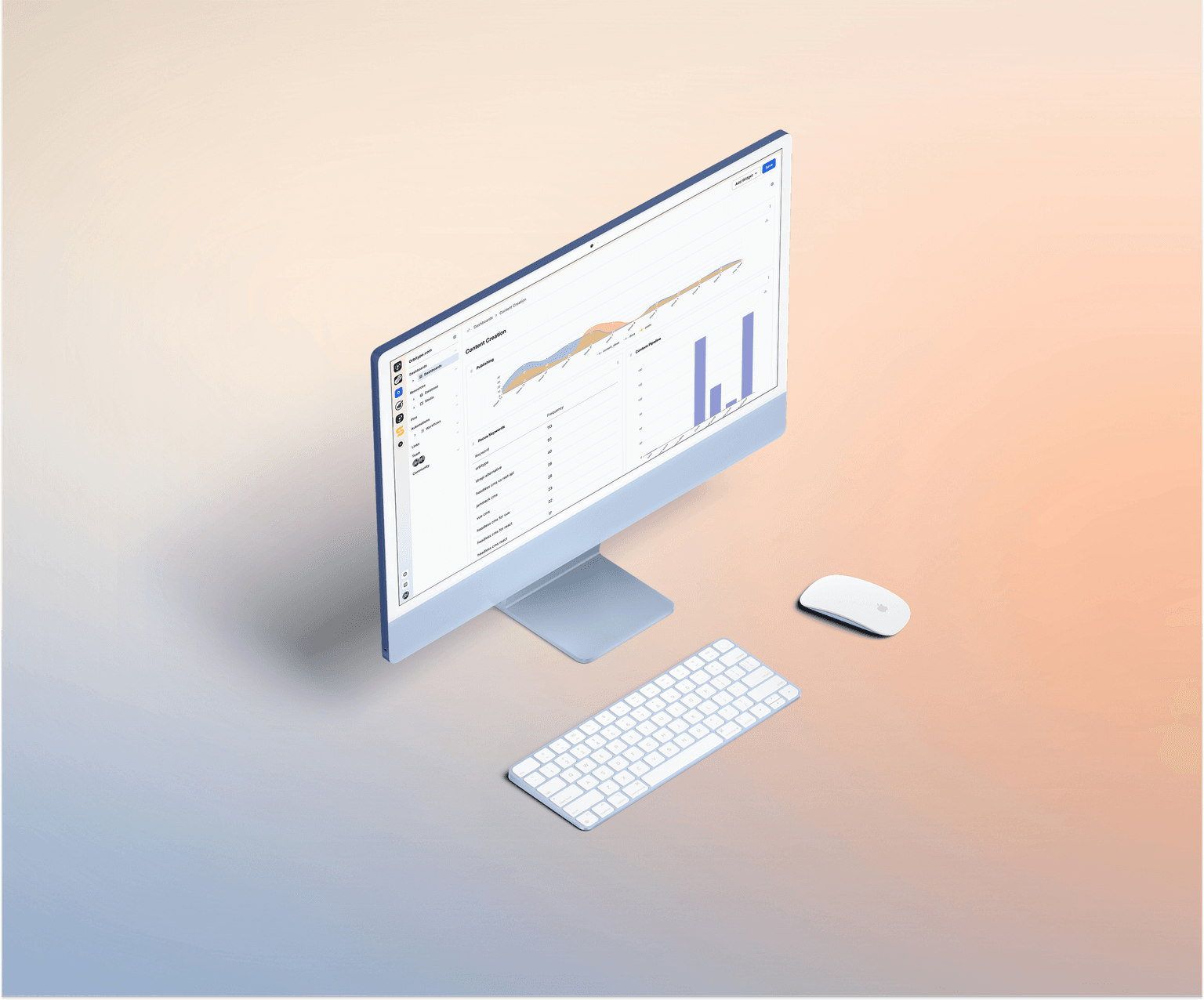
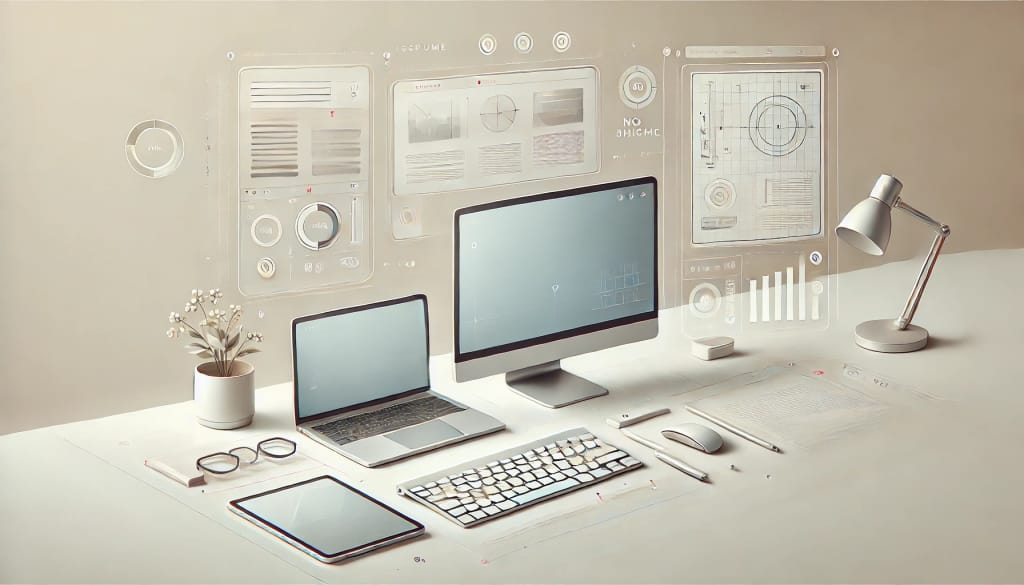
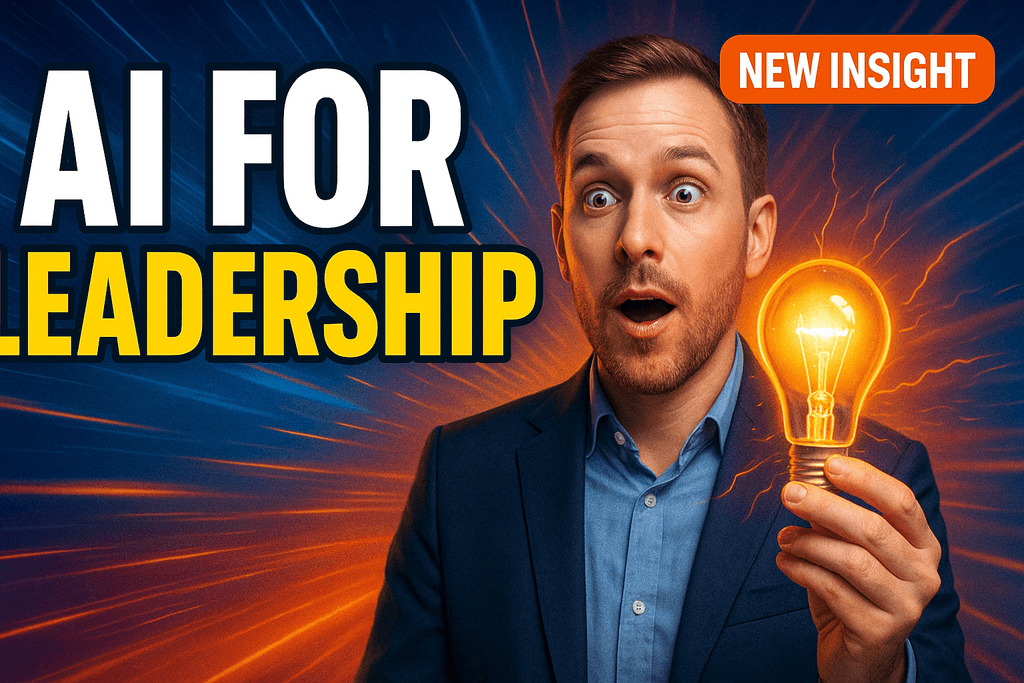
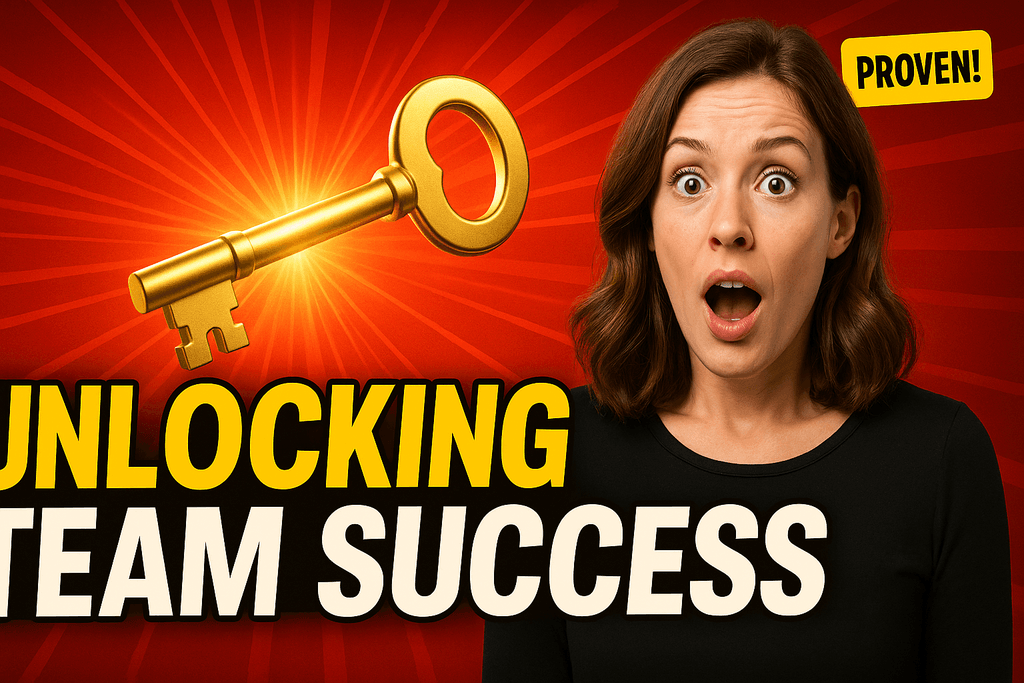
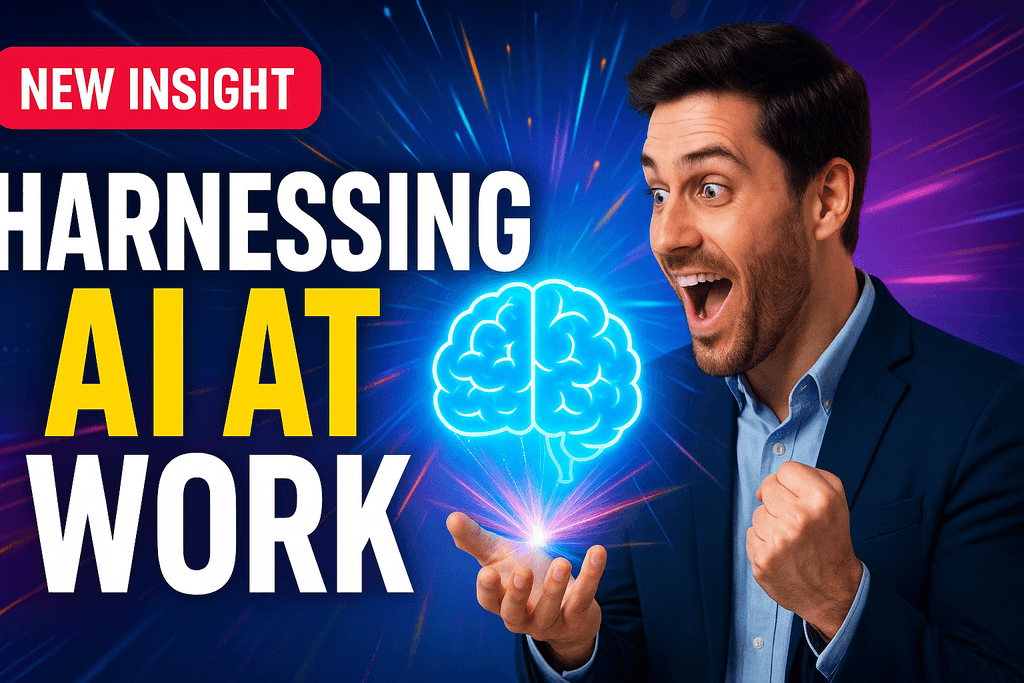
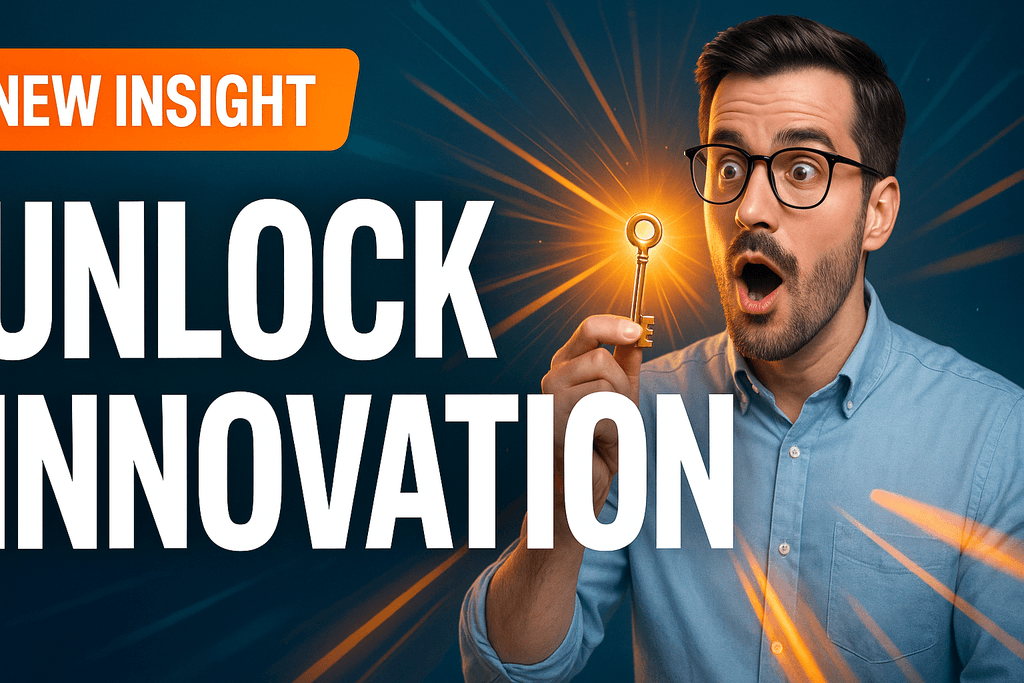
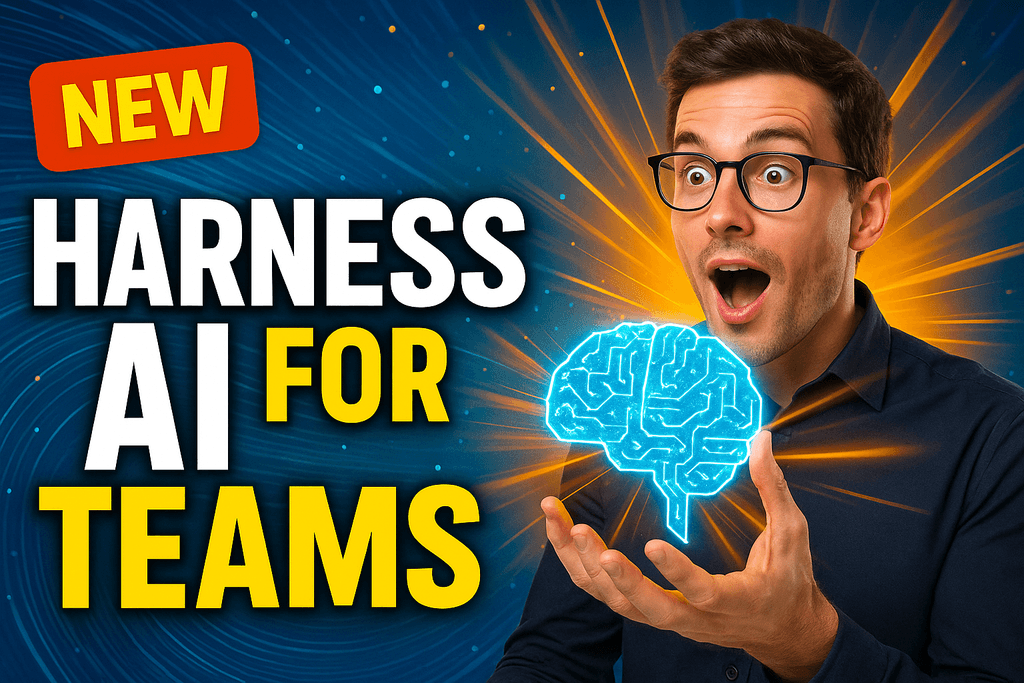
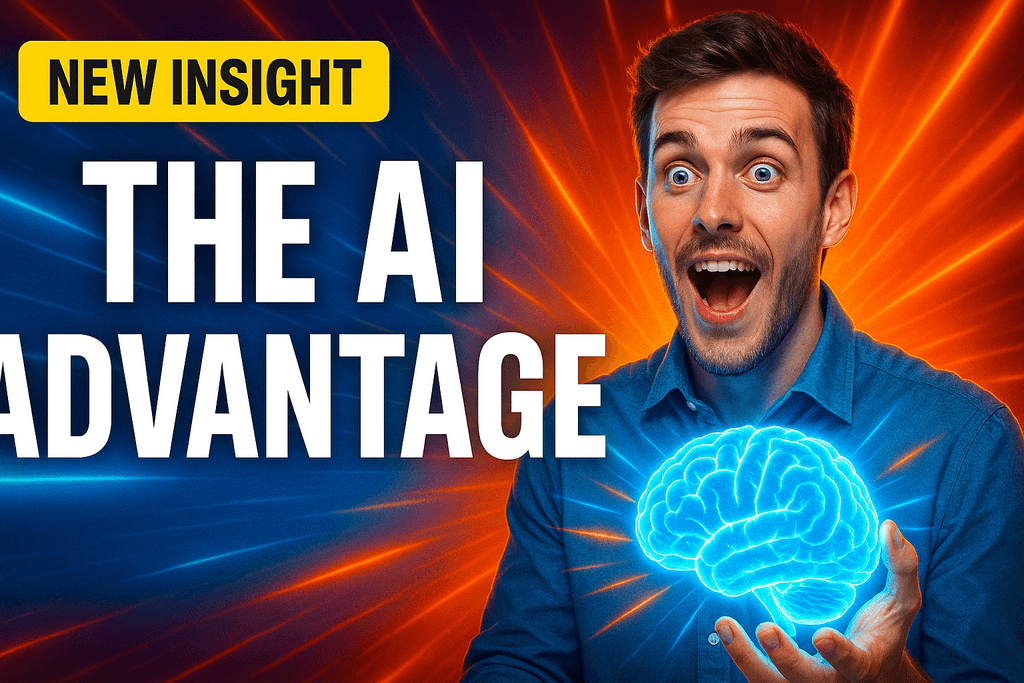

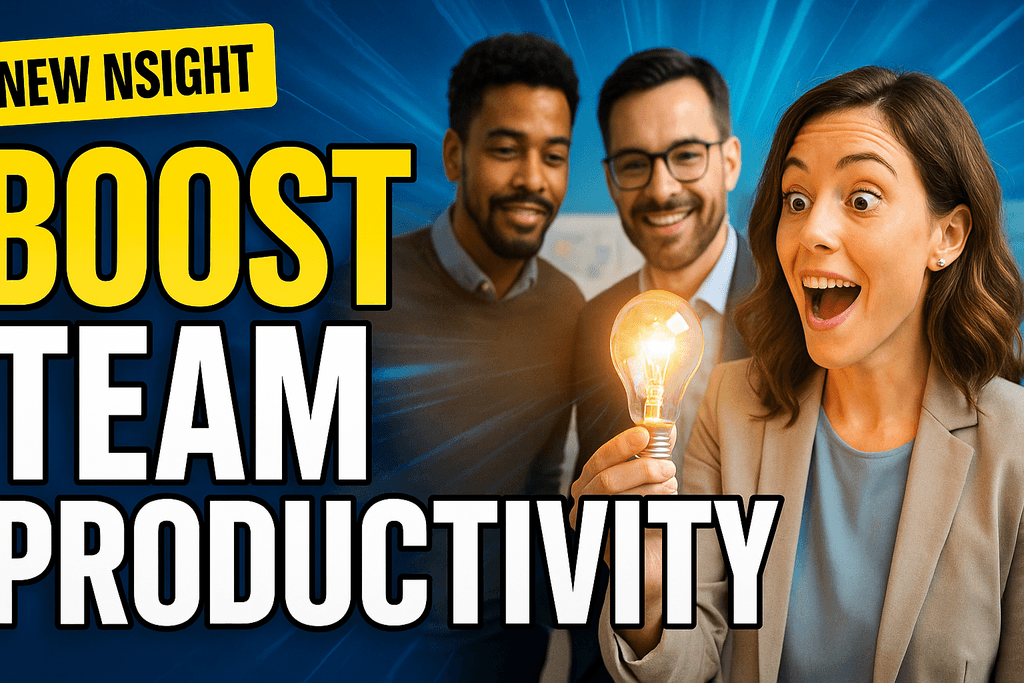








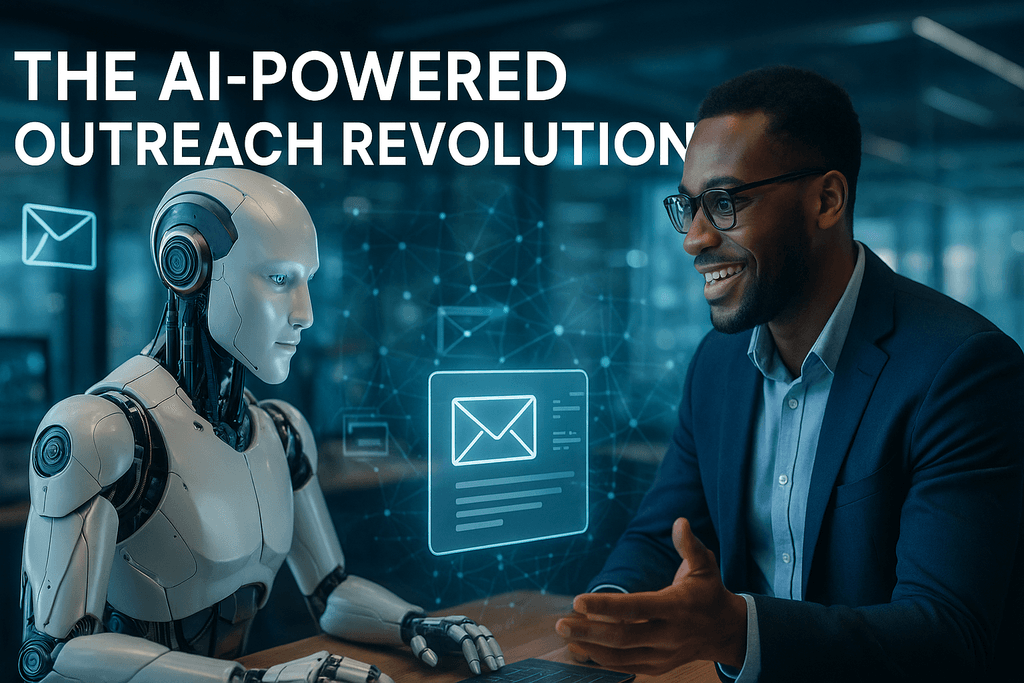
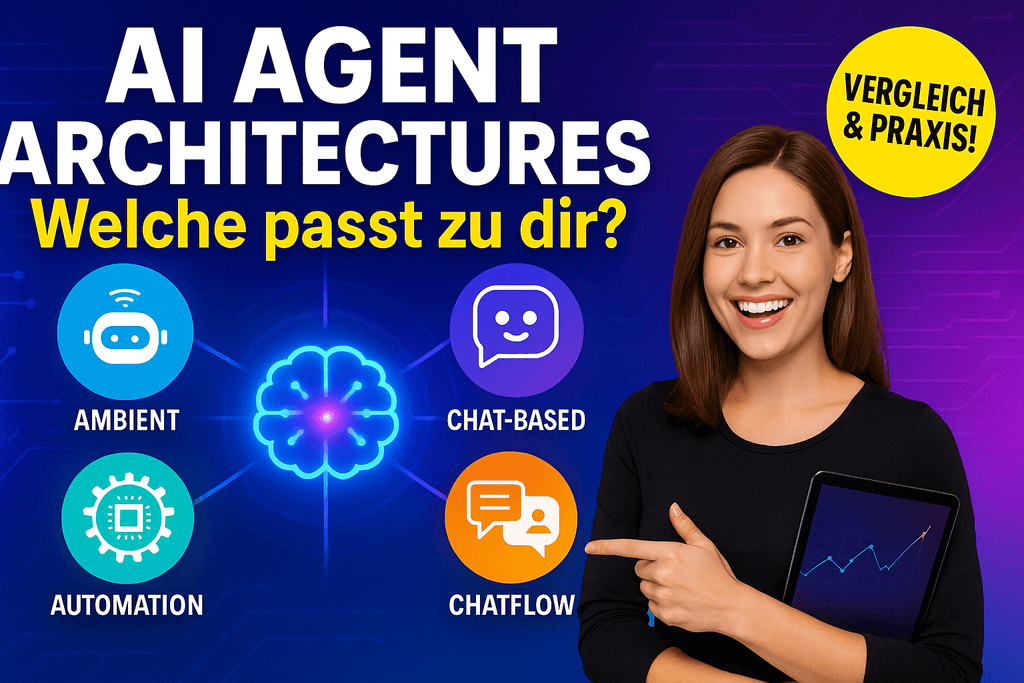

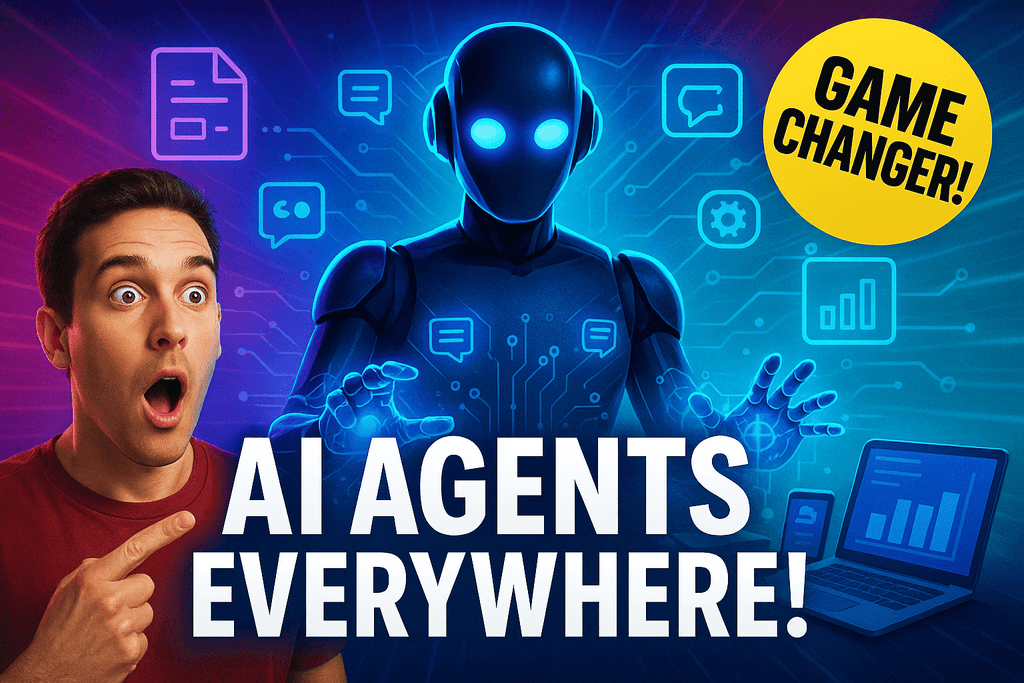
.png&w=1024&q=80)
